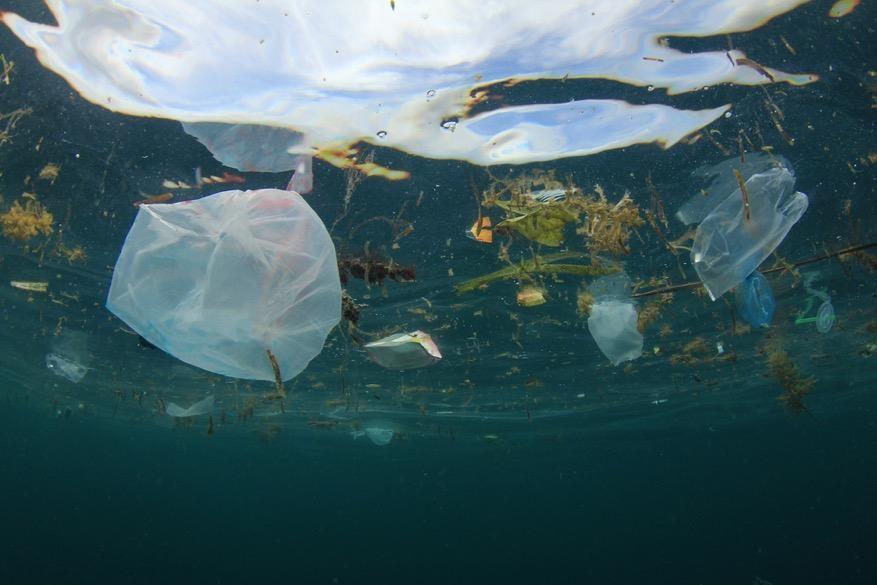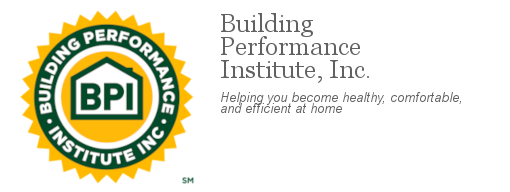
It is an old saying that humans can go three minutes without breathing, three days without water, and three weeks without food. Air, water, and food are necessities for us and should be as available and as clean as possible.
Water pollution is a common, but avoidable, problem. Most of what pollutes the water can be prevented or limited. What remains can be filtered out by water companies and by devices in the home.
The U.S. has the cleanest water supply in the world. However, that does not mean we should ignore the problem of water pollution. Let us explore what water pollution is, and why it is a problem for all of us.
What is water pollution?
Water pollution is simply the presence of toxic chemicals or biological agents exceeding a “natural” presence in the water. Most pollutants are in the water because of human activity, either directly or indirectly. Problems arise when the level of pollutants exceeds the environment’s capacity, either in the short term or long term.
For example, a single napkin blowing off a picnic table into a pond will be broken down quickly; it is not a significant pollutant. A truckload of napkins, however, which ran off the road into the pond, would pose a major problem, not only because of the paper but also because of the truck and fuel.
Where does water pollution come from?
Water pollution comes from two broad categories of sources.
Point sources are localized, coming from a single point—although some bodies of water may have multiple point sources. A town’s sewage treatment plant is an example of a point source, as is a papermill by a lake or river.
Non-point sources are those which come from many sources that are difficult to localize. For example, fertilizer which runs off from farms and lawns and gets into streams is a non-point source.
Point sources are more easily regulated by people and governments. They also tend to emit more pollutants than non-point sources. Non-point source pollution can be regulated but requires compliance by many more people.
What kinds of water pollution are common?
Broadly speaking, there are six types of water pollution.
- Surface water pollution is when major bodies of water are contaminated. Oceans, lakes, rivers, and streams all can become contaminated. Much of this pollution is point source, coming from industry.
- Groundwater pollution, on the other hand, happens when rain percolates through the ground, carrying with it any pollutants on or in the ground. These pollutants can include fertilizer and pesticide, as well as chemicals. Even gasoline products left on highways can get into the groundwater.
- Oil and chemical pollution comes from marine activities. The most visible example is an oil spill, such as Deepwater Horizon spill in the Gulf of Mexico in 2010. While mainly coming from point sources, the effects can be widespread. Chemical pollution can also become surface and groundwater pollution, as the chemicals—such as fertilizers and pesticides—run off.
- Thermal pollution is a change in temperature of a body of water. Usually produced by industrial processes, thermal pollution can affect the living things in the river or stream.
- Agricultural pollution does not only come from the runoff of fertilizers and pesticides. Farm runoff also can include topsoil as well as manure from retaining ponds at pig farms and feedlots.
Why are surface and groundwater pollution a problem?
Most human drinking water is obtained either from surface water or groundwater. Pollutants in that water must be removed before the water is safe to drink. The more pollutants in the water, the costlier the treatment will be.
Surface and groundwater pollution can also come from sources far from the people affected. In 2014, Toledo, Ohio’s drinking supply was contaminated by toxins produced by blue-green algae bloom in Lake Erie—the source of the water. The algae grew after the lake was polluted by phosphorus, which was produced by runoff from farms and lawns—non-point sources. Phosphorus is a major component of fertilizer.
While the water supply did not stop as a result of the toxins, Toledo residents were under a "do not drink" warning for three days. This problem demonstrates both the danger of water pollution as well as the ability of non-point sources to endanger that supply.
Why should we care?
Most Americans get their water from their town or a water company. Others have their own wells. Each household can provide some water filtering to keep their water safe.
As we've seen, though, the water system in and around the U.S. is intricately connected. Surface water can become groundwater. Pollution can cause effects far from the site of the pollution. The interconnectedness of the water supply indicates that pollution is a problem of universal concern.
What to do
The solutions may vary, depending on the cause. There's no reason to give up on an advanced, technical society, but keeping the water clean benefits everyone, and it should be a consideration for all.
Consider getting your water tested to ensure that you are keeping yourself and your family safe from toxic water pollutants. And consider getting a healthy home assessment, which addresses all 8 aspects of a healthy home. Click here to get started.

Follow us